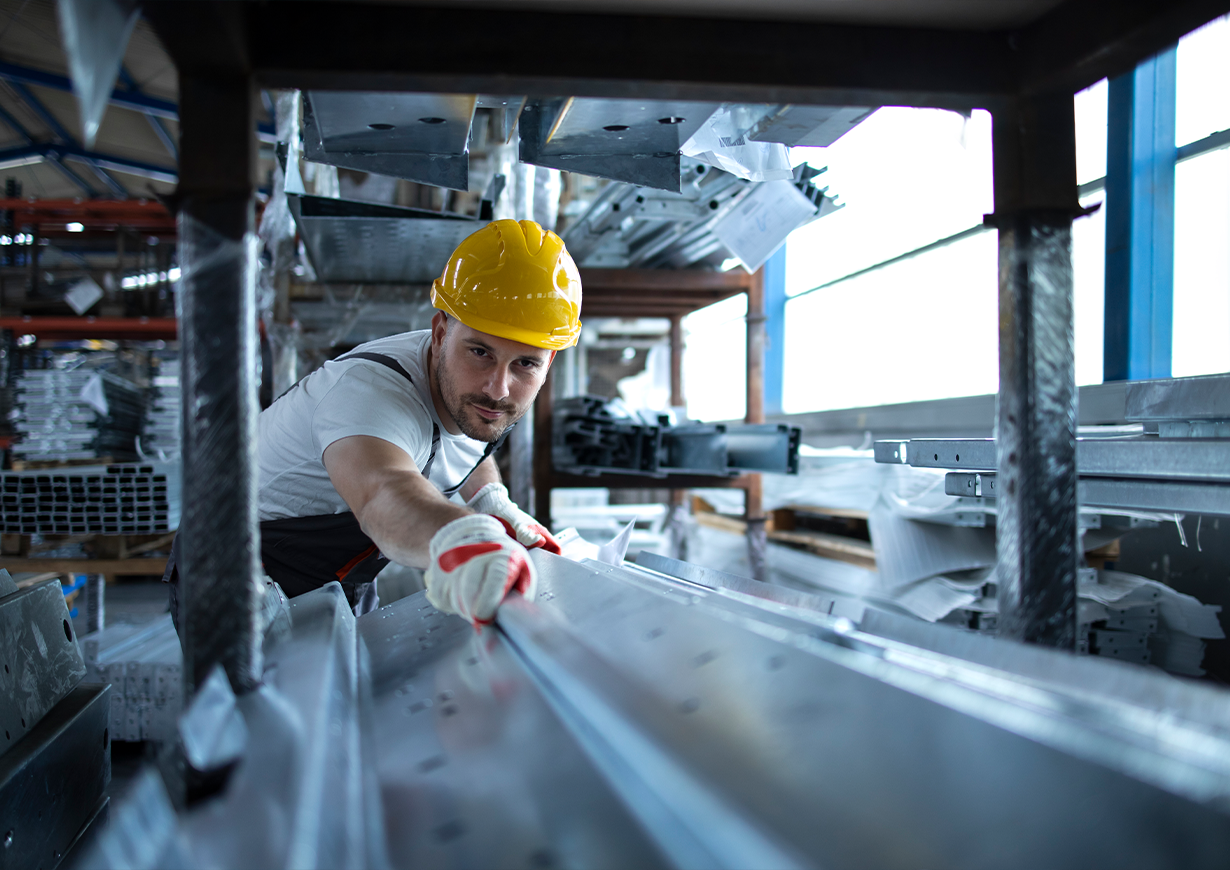In this article, we delve into the intricate world of stainless steel manufacturing, as we aim to shed light on the process that transforms raw materials into remarkable products. Whether you’re an industry professional or simply curious about the steel-making marvels, we’ve got you covered. Explore the step-by-step journey of stainless steel creation, from melting and refining to shaping and finishing.
Acquiring Raw Materials: The stainless steel manufacturing process begins with the acquisition of raw materials, which are fundamental to achieving a superior end product. These materials primarily include iron ore, chromium, and nickel, along with smaller quantities of other elements like molybdenum and manganese. The careful selection and sourcing of these raw materials ensure the desired properties and composition of stainless steel are attained. Reputed brand like Kalptarra’s Diamond use only internationally approved best graded materials to manufacture their products.
Melting and Refining: The second step in the process involves melting and refining. During this stage, raw materials undergo intense heat to achieve a molten state. This refines the raw materials to get rid of impurities. This refining process ensures that only the purest elements remain, enhancing the strength and durability of stainless steel. The molten metal is meticulously analyzed and adjusted to meet stringent quality standards, guaranteeing an impeccable end product.
Casting or Forming: After the refining process comes the step of casting or forming. In casting, this liquid metal is poured into molds to give birth to ingots or slabs – the solid foundations for further transformation. Forming involves shaping the metal through various techniques like hot rolling and forging. The material is hammered and shaped into desired forms – be it coils, sheets, or intricate profiles. This transformative process not only imparts strength and durability but also adds character to stainless steel’s utility.
Finishing: The concluding step entails a meticulous array of finishing processes that elevate the material’s aesthetic and functional appeal. The first stage involves precision grinding, where specialized machines artfully remove imperfections, ensuring a smooth and refined surface. This process not only enhances its appearance but also provides a level of corrosion resistance that is vital for long-term durability. Following this, the process of passivation bathes the stainless steel in a solution that removes any contaminants remaining from previous stages. This treatment promotes the formation of a passive oxide layer on the surface, bolstering its resistance to rust and further enhancing its overall longevity. Finally, polishing adds an exquisite touch by imparting a mirror-like shine that reflects light with captivating brilliance.
In conclusion, the stainless steel manufacturing process is a fascinating journey that combines science, artistry, and precision. From the acquisition of raw materials to the final finishing touches, each step plays a crucial role in creating this versatile and durable metal.

